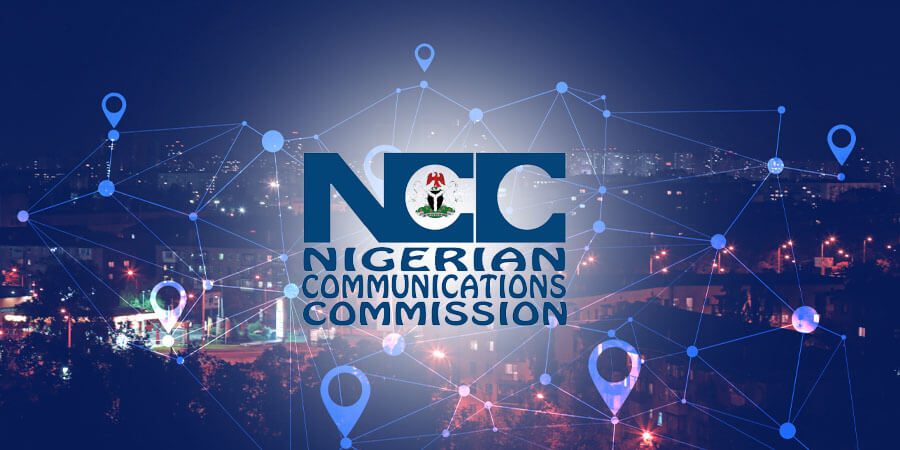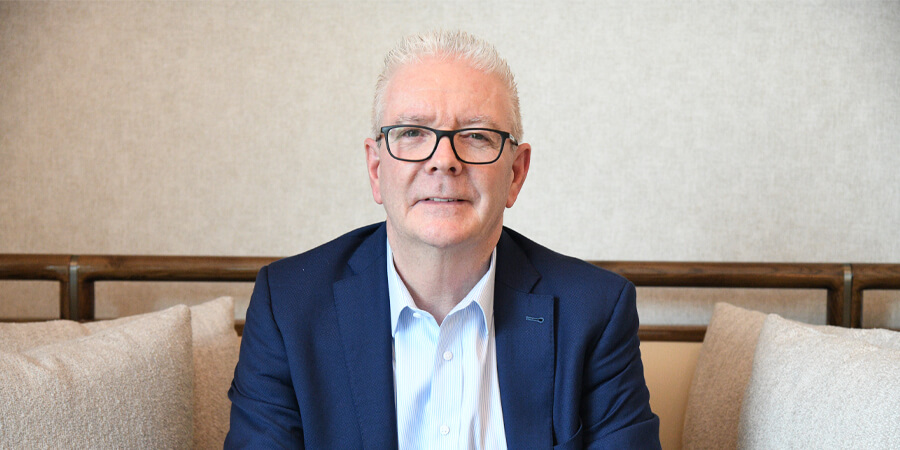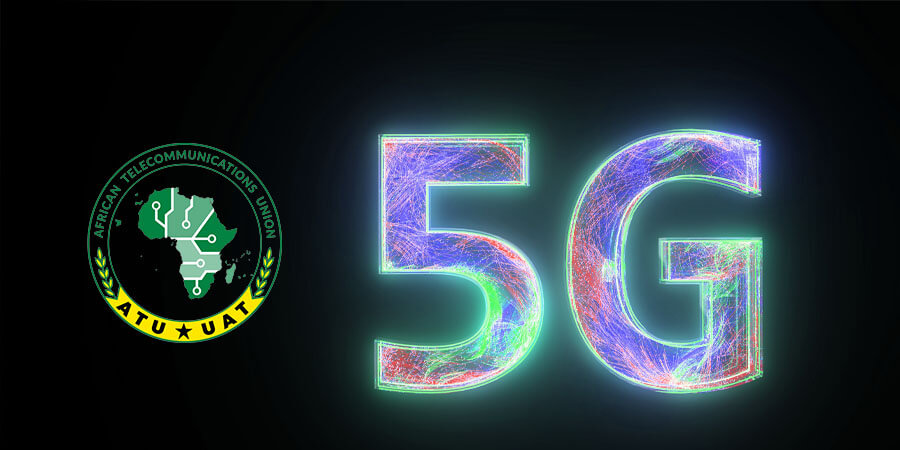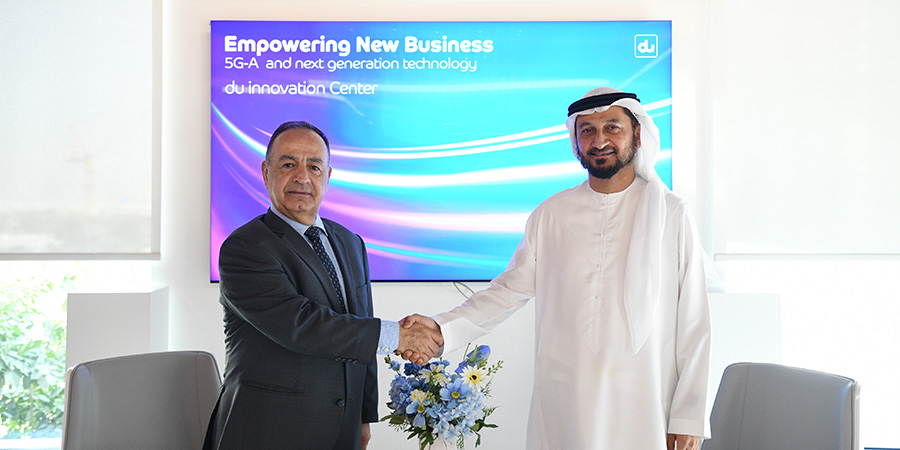The 3GPP RAN Plenary has rolled out the standardization work of U6G (upper 6G, 6425–7125 MHz) as a new IMT licensed frequency band, and planned to complete in 2022. This marks a milestone in the industrialization of 6GHz.
Mobile broadband has been strategically deployed in many countries, and IMT sustainability is the key to digital transformation at a national level. Global mobile communications industry organization GSMA calls to release 2GHz and above medium frequency in 2025-2030 to meet the requirement of International Telecommunication Union (ITU).
6 GHz is one of the optimal bands in medium frequency to provide seamless wide-area coverage and high-capacity connections. It is essential to sustain a healthy IMT development. Licensing 6 GHz to IMT services will facilitate management and help the industry fulfill higher requirements. Mobile networks will create more economic and social value than any other wireless technology, therefore, it justifies the mobile industry's bid for more spectrum reserve. Global collaboration is imperative to developing a 6 GHz IMT ecosystem and making it commercially available by 2023.
As a global mobile industry standards organization, 3GPP has initiated the standardization of U6G, which will be completed in 2022. It is a critical step towards the global launch and will provide future industry chain a standard basis for the research and development of 6 GHz products.










































